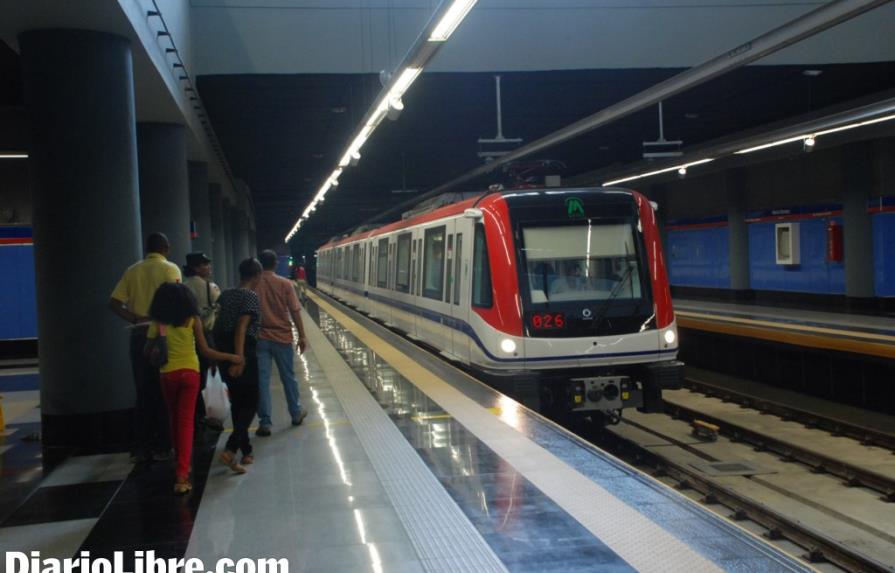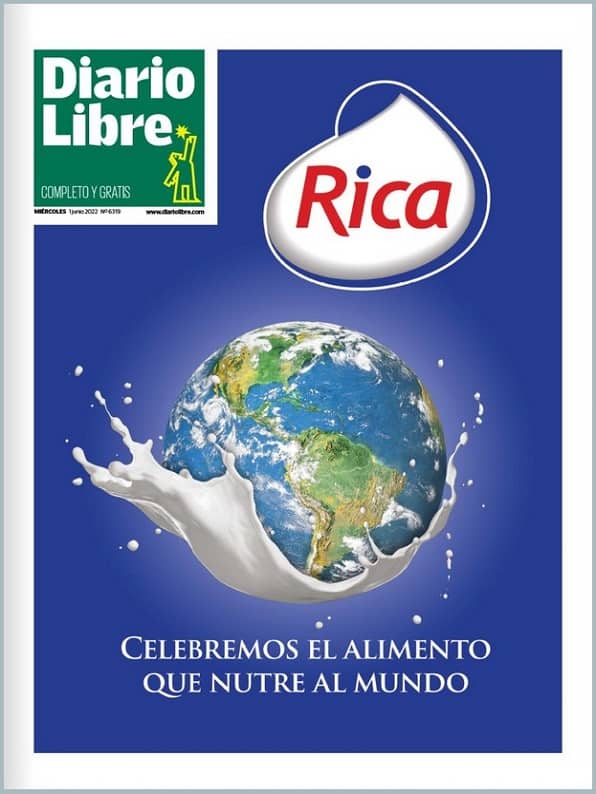The DR bets its development based on a large debt in dollars
CREES alerts the public debt might not be sustainable

SANTO DOMINGO. For 2013, the government agreed to debt obligations for US$4.992 billion that were consigned to the financing of new public investment projects, as well as for the support of other projects already budgeted. The projects, while it is true that they are needed, increase even more the economic commitments of the state with international agencies.
The new loans will increase the country's external debt with multilateral financial agencies, such as the case of the International Monetary Fund (IMF), the World Bank, and the Inter American Development Bank (IADB).
Between 2009 and April of this year, according to data from the Directorate General of Public Credit (DGCP), the external debt taken on from multilateral agencies increased by US$1.434 billion, going from US$2.861 billion to US$4.296 billion, while the bilateral debt went from US$3.842 billion to US$5.939 billion, for an increase of US$2.097 billion. Taking into account the information of the DGCP, the external debt as of April of this year is around is around US$12.972 billion
At this rhythm, and according to a report from the Regional Center of Sustainable Economic Strategies, (CREES), prepared by Ernesto Selman, the Dominican Republic could be travelling a route of an unsustainable public debt in the future if they do not revert the current policy.
"The Dominican public debt has increased noticeably since the beginning of this millennium. On the one hand, the recent increase in the public debt is a result of important fiscal deficits, principally during the last five years; this debt corresponds, essentially, to the central government," they claimed.
The research warns that if the current fiscal policy is maintained, the Dominican state will require debt issuance for some US$4.3 billion a year on average in order to finance the fiscal deficit and service old debts.
They add that "from our perspective, this is a scenario that should serve as an early warning for the need to heal the public finances, given that the gross requirements for financing are quite high for the financial capacity of the Dominican state at the present time."
Construction and more construction
In the last report to the National Congress, the former President Leonel Fernandez stressed that during the last seven years and a half, the Dominican Republic has been transformed into a modern and prosperous society, a "Little New York."
He cited as part of his achievements the great development projects such as avenues, highways, overpasses, buildings, the Tourist Boulevard of the Atlantic, the overpass on Charles De Gaulle, the Metro, both the first and second lines. In addition, he mentioned the construction of 22,000 low-cost housing units for poor families.
The achievements that Fernandez bragged about are translated by the opposition PRD into a RD$435 billion deficit, a yearly average of RD$50 billion that has doubled, according to the economic commission of the Dominican Revolutionary Party (PRD), the public debt from US$11.484 billion to US$26 billion.
Nevertheless, even with all this deficit they created some of the dreams of the former President such as the case of his most emblematic project, the Santo Domingo Metro, with its two lines that cost the government treasury some US$1.53 billion.
To this you have to add the construction of the Coral Highway, which connects La Romana to Punta Cana, a roadway in which they invested US$400 million, the Duarte Corredor, composed of a set of tunnels and overpasses located in the National District, that involves the sum of more than US$267,961,000 and the Tourist Boulevard of the Atlantic which was around US$151 million, among many other multi-million dollar projects.
Praised by some, criticized by others, the policy of constructions by the former President, such as suggested by the journalist Juan Bolivar Diaz, is engraved in the history of big builders, together with Rafael Leonidas Trujillo and Joaquin Balaguer, although with the difference that he did it based on tripling the public debt.
Long term policy
For the financial analyst Alejandro Fernandez, the construction of projects with loans from international banking has the advantage of being long term, and in a certain manner does not affect the internal economy.
"Investments, assets or long term assets can well be financed in part with resources from long term financing," he stressed.
He pointed out that a large part of this year's budget is used for current expenses, contrary to how it was done in former administrations, such as the case of the administrations of President Joaquin Balaguer in which this proportion was different.
"From the budget of the Republic, he tended to use a lot more for capital expenditures, for investments and not so much for current expenses, this is the reality that we have now, but when Balaguer sacrifices a lot and what he did were big projects and perhaps he did not invest in social expenditures," he noted.
Projects for 2013
Although President Danilo Medina said recently: "I do not want hungry people living in gilded cages," what is certain is that the constructions have not stopped.
Just a small sample proves this point. Dozens of projects are covered in the General Budget of the Nation for 2013.
Of the US$.4.992 billion budgeted for the new projects, the largest investments will be for the Central Wholesaler's Market of Santo Domingo, which will carry an investment of US$377 million, followed by the construction and improvements of the Santiago-San Juan de la Maguana Highway, which will be done at a cost of US$345.2 million, and the construction of the Manobao-Bejucal-Tavera Hydroelectric Station at a cost of US$310 million.
It should be mentioned that during the first quarter of this year, between January and March, the National Congress approved loan contracts for US$130 million, which will be used for the Support to the Consolidation of the System of Social Protection and for the PetroCaribe Accords.
Other projects are the construction of the Las Placetas Hydroelectric Station in the town of San Jose de las Matas, in the province of Santiago, budgeted at RD$285 million; the dam at Monte Grande, the Remodeling and Complementary Structures of the Dam at Sabana Yegua, in Azua for the amount of RD$250 million; the Sanitary and Water Drainage of the Guajimia Creek in West Santo Domingo that will cost RD$168.5 million, and the Plan for the Farm Restructuring for San Juan de la Maguana, where they will invest RD$236 million.
Then there are also the projects such as the Pontezuela Ecological Corridor, which has a cost of RD$200 million; the Improvement of Rural Development in Bartolome, in the province of Independencua at a cost of RD$184.1 million; and the construction of the Water Treatment Plant for Sewage in the Ozama River in the National District and Province of Santo Domingo at a budgeted cost of RD$170 million.
Foreign debt
According to the preliminary statistics from the Central Bank and the DGCP, the consolidated foreign debt of the public sector, at the end of March 2013 had grown to US $13.944 billion, equal to 23.1% of GDP. The level of foreign debt increased by US$690 million with respect to March 2012, or 5.2% in percentages.
The increase of the foreign debt is due fundamentally to the sums that were disbursed during 2012 for investment projects. Most of this money was from multilateral agencies (above all the World Bank) and with bilateral institutions such as the National Bank of Economic and Social Development of Brazil; the increase responds equally to the disbursements received from the PetroCaribe Agreement of Energy Cooperation. Of the US$13,994 billion worth of debt, some US$12.954 billion are from the non-financial public sector.


 Diario Libre
Diario Libre
 Diario Libre
Diario Libre